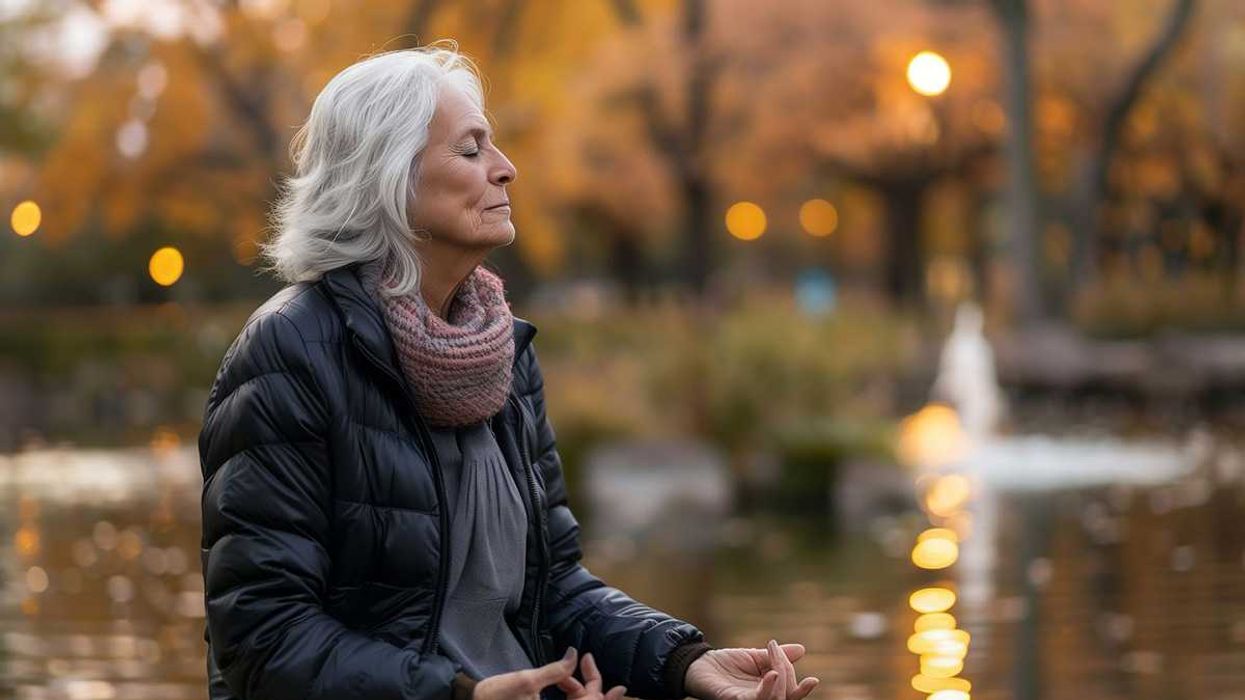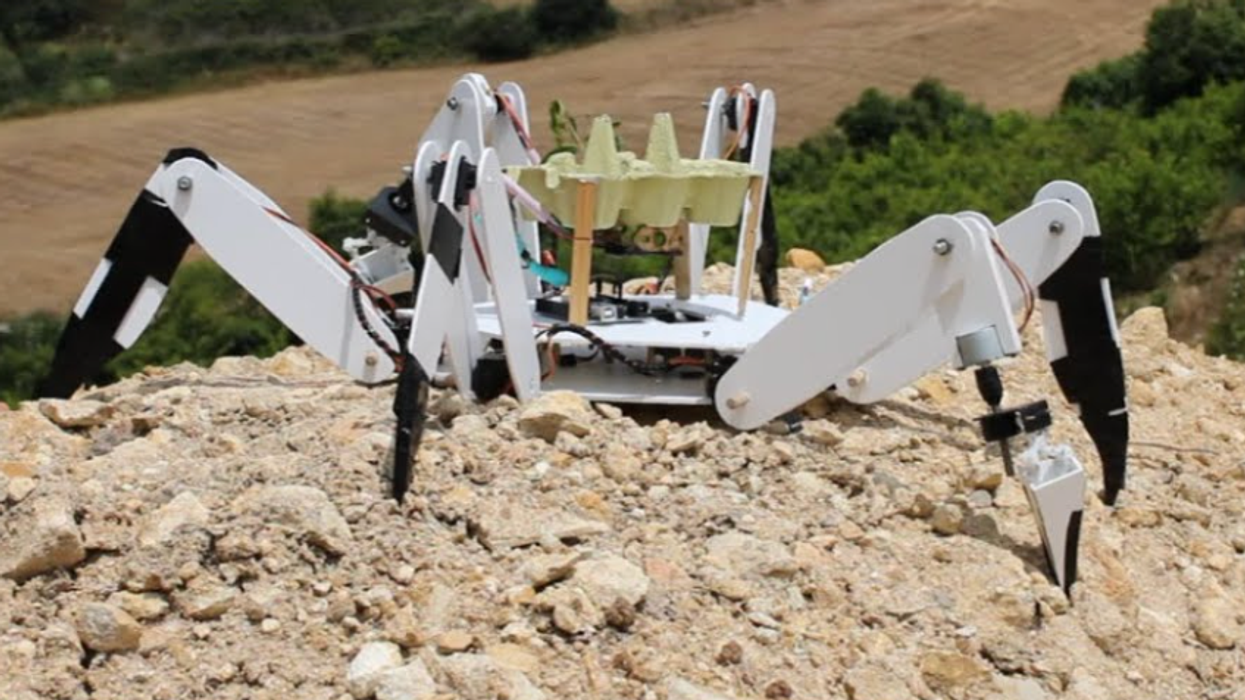Engineers are naturally curious about how the world works, often designing systems that reflect its intricacies. On Easter Sunday in 1960, retired electrical engineer David Latimer followed that curiosity with a fascinating experiment. He purchased a ten-gallon glass container—resembling a large potion bottle—and created a miniature “Earth within Earth” inside. This tiny, self-sustaining ecosystem, which thrived for over 40 years without being watered, was later dubbed the “world’s first self-sustaining terrarium,” according to Daily Mail. Today, it stands as a brilliant example of nature's resilience and ingenuity.

As the chemical industry transitioned from glass to plastics, there was an abundance of glass containers on the market. That’s when Latimer came up with the idea of creating his own bottle garden. “Bottle gardens were a bit of a craze and I wanted to see what happened if you bunged the thing up,” Latimer told Daily Mail at age 80.
He recalled that day in 1960 when he washed up this globular glass bottle that previously contained sulphuric acid. Inside it, he slipped handfuls of compost while lowering a seedling with the help of a wire. The seedling belonged to the indoor plant family of spiderworts. Apart from this, he poured around a quarter of a pint of water inside the glass goblet, sealed it with a tight cork, and then let it rest in a corner of his home’s staircase for several years. It wasn’t until 1972 that he pulled the cork to feed some water to the ecosystem. This even, he had to do because, he had initially used a rubber cork to seal the bottle, which let some water evaporate out of it, according to a Reddit comment.
TIL the world's oldest terrarium / sealed bottle ecosystem has been thriving since 1960. The 10-gallon bottle is like a mini Earth. It has only been opened once in 53 years to add a bit more water (in 1972). Otherwise it has been sealed without fresh water or air.
byu/logicalconflict intodayilearned
After 1972, the little globular glasshouse was well and good on its own. Inside the glass microcosm, life thrived as the spider plant sprouted into branches of leaves, and soil became darkened in color. The terrarium didn’t catch public attention until he revealed its story on BBC Radio 4’s Gardeners’ Question Time, per Daily Mail. He asked the experts whether his hobby project was of any “scientific or horticultural significance.” As it turns out, it was.
Latimer’s little terrarium depicted how symbiotic relationships and microbial processes work to sustain confined environments. It was, in fact, a mirror, of how the original natural ecosystem, the Earth, actually works. “It’s a great example of the way in which a plant is able to recycle... It’s the perfect cycle of life,” garden designer and television presenter Chris Beardshaw, told Daily Mail. Beardshaw added that NASA was already planning to build terrariums like these on the International Space Station (ISS). “Plants operate as very good scrubbers, taking out pollutants in the air so that a space station can effectively become self-sustaining,” he said. “This is a great example of just how pioneering plants are and how they will persist given the opportunity.”
For over 40 years, Latimer’s lush green ecosystem sustained on its own. “It’s the definition of low-maintenance. I’ve never pruned it, it just seems to have grown to the limits of the bottle,” he told Daily Mail. It is fascinating and noteworthy enough that the spiderwort sustained itself on its own just by the magic of sunlight. Inside the glass globe, the proteins containing the green pigment inside the plant called chlorophyll absorbed the sunlight. This light energy was stored in the plant’s body in the form of adenosine triphosphate (ATP). The rest of the energy was used to remove electrons from the water that was being absorbed from the soil by the plant’s roots.

Chemical processes of photosynthesis and cellular respiration enabled the plant to survive, grow, and sustain itself. The oxygen created during photosynthesis vaporized into air, condensing and falling back in the form of rain. As the leaves aged, they dropped to the terrarium floor and rotted and decayed, releasing carbon dioxide that the plant absorbed.
While an organic gardener expressed that Latimer’s terrarium was totally dull and unworthy, but Latimer continued to stay fascinated with the magical nature processes that went on within the glass bottle. He planned to leave the terrarium to Royal Horticultural Society, and today the terrarium is held at Senecavale Discovery Center in Ohio.


















 Older woman drinking coffee and looking out the window.Photo credit:
Older woman drinking coffee and looking out the window.Photo credit:  An older woman meditates in a park.Photo credit:
An older woman meditates in a park.Photo credit:  Father and Daughter pose for a family picture.Photo credit:
Father and Daughter pose for a family picture.Photo credit:  Woman receives a vaccine shot.Photo credit:
Woman receives a vaccine shot.Photo credit: 
 Image artifacts (diffraction spikes and vertical streaks) appearing in a CCD image of a major solar flare due to the excess incident radiation
Image artifacts (diffraction spikes and vertical streaks) appearing in a CCD image of a major solar flare due to the excess incident radiation
 Yonaguni Monument, as seen from the south of the formation.
Yonaguni Monument, as seen from the south of the formation. 




 A soldier relaxes on his bedCanva
A soldier relaxes on his bedCanva Gif of a child breathing deeply via
Gif of a child breathing deeply via